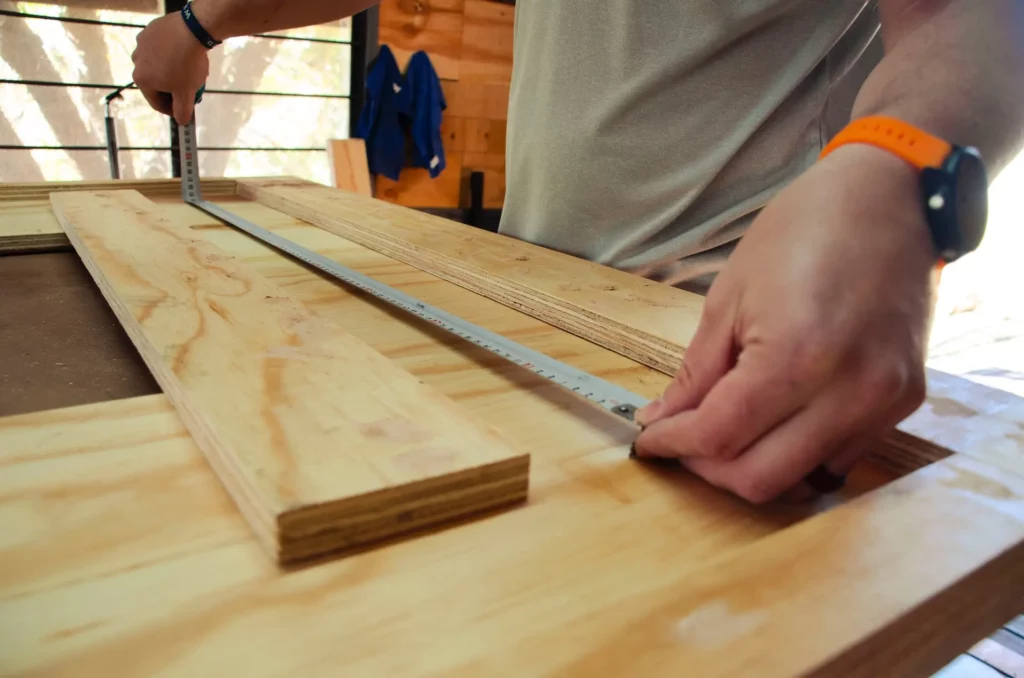At its heart, brand names play a critical role in business success. Their names elicit emotions, shape consumer perceptions, and can even predict the success of companies. Carpentry offers an intriguing example of its name’s evolution over time: from humble origins to an industry giant in just 100 years or less! In this article, we dive into this intriguing realm and its impactful names within carpentry businesses in general – providing insights into strategic positioning, consumer perception trends, future brand naming trends, and their remarkable influence over success within an industry!
1. Analyzing Name Evolution
Carpentry names have an immense effect on their perception within the industry. A well-chosen name can instantly communicate craftsmanship, reliability, and professionalism, capturing the attention of potential clients while building brand trust with them. Studies reveal that companies with strong brand identities in the carpentry sector experience greater customer engagement, more incredible sales growth, and an enhanced sense of brand loyalty among their customer base. An independent consumer survey concluded that 78% preferred carpentry services with appealing and professional brand names over those without. This evidences the power of name evolution to shape brand perception and increase business success.
2. Exploring the Historical Evolution of Carpentry Names
Examining the historical development of carpentry names provides a fascinating journey of adaptation and innovation. Over time, carpentry businesses have changed from generic names such as “Smith Carpentry” to more distinctive and evocative titles such as “Mastercraft Carpentry” or “Artisan Woodworks”. Companies now preferring more esoteric names have taken note of this trend and begun using distinctive titles as an effective strategy to distinguish themselves from competitors and establish themselves in their market space. Success stories abound of businesses that utilized name evolution as part of their business plan and saw substantial expansion, expanded client bases, and higher prices for services rendered. This exploration highlights its link to carpentry businesses’ long-term success.
3. Understanding Consumer Perception
Understanding customer perception is integral to running any successful business; in the case of carpentry, consumers often associate certain qualities with various brand names. Names can create powerful associations – “Heritage Carpentry” conveys tradition, craftsmanship, and attention to detail, while “Modern Edge Carpentry” suggests modernity and innovation when applied to woodworking. Understanding these associations allows businesses to tailor their name evolution strategies to their desired perception. Use tools like Squadhelp to carefully design brand names for carpentry businesses so they can target specific audiences while communicating their values and building long-term customer relationships.
4. Strategic Positioning
Successful businesses understand that strategic positioning is integral to attaining competitive advantages in any industry, including carpentry. Carpentry companies that employ name evolution as part of their overall strategic approach can stand out in their market through contemporary trends and keywords incorporated into their names – for instance, “EcoWood Creations” can appeal more readily to eco-conscious consumers while tapping new market niches – for example by adopting contemporary fashions while tapping emerging segments – such as appealing more directly. Rebranding can help businesses stand out, differentiate themselves and ultimately succeed within highly competitive industries by standing out, differentiating themselves through name evolution while standing out and differentiating themselves from the competition while finally achieving within highly competitive fields like construction.
5. Challenges and Considerations
Although the benefits of name evolution in carpentry businesses can be substantial, implementing such strategies requires thoughtful consideration and care in execution. Rebranding involves various logistical and marketing challenges that must be managed successfully to minimize customer confusion while upholding brand equity during rebranding processes. Companies should conduct thorough market research into consumer preferences before changing names while devising an extensive communication plan outlining why this change occurred; proactively addressing these obstacles can successfully guide them through transition processes while taking advantage of the evolutionary benefits that name evolution brings them.
Before we start closing off this naming analysis looking at future trends, let’s take a sneak peak back into the past. Debbie Millman is known for her diverse contributions as a designer, author, educator, and host of a popular podcast. She is renowned for her expertise in branding and design, and has worked on numerous high-profile projects, collaborating with leading companies and organizations. Debbie served as the President of the design division at Sterling Brands for over 20 years and has created visual identities for various clients. In the 6-minute video above, she walks us through the last 10,000 of branding in the world.
6. Future Trends in Carpentry Name Evolution
As we look toward the future, carpentry name evolution will adapt to changing consumer preferences, market dynamics, and technological innovations. Key trends such as digital platforms, increased customization, and an emphasis on sustainability may all play an integral part in shaping this industry and brand names accordingly. Businesses that remain aware of such developments and adapt their name evolution strategies accordingly may gain competitive advantages by capitalizing on emerging opportunities while staying ahead in an ever-evolving marketplace.
7. Conclusion
Success in the carpentry industry lies at its foundation; harnessing name evolution can play a significant role. Carpentry businesses that take an intentional and thoughtful approach to branding naming can shape consumer perception, position themselves strategically and ultimately experience long-term success. While challenges and considerations exist when adopting name evolution as part of brand building strategy will have better odds navigating an ever-evolving carpentry market, name evolution remains an invaluable tool that carpentry businesses use on their journey towards greatness.
- A Comprehensive Guide to Woodworking Tools: Over 35 Different Tools - January 5, 2024
- What is Woodworking? The Art of Wood in a Nutshell - January 4, 2024
- The Benefits of Using Wood in Plumbing Fixtures and Decor - December 29, 2023




